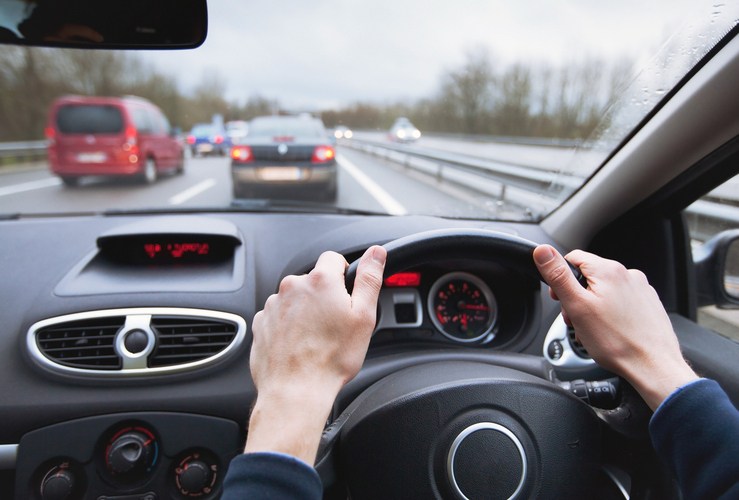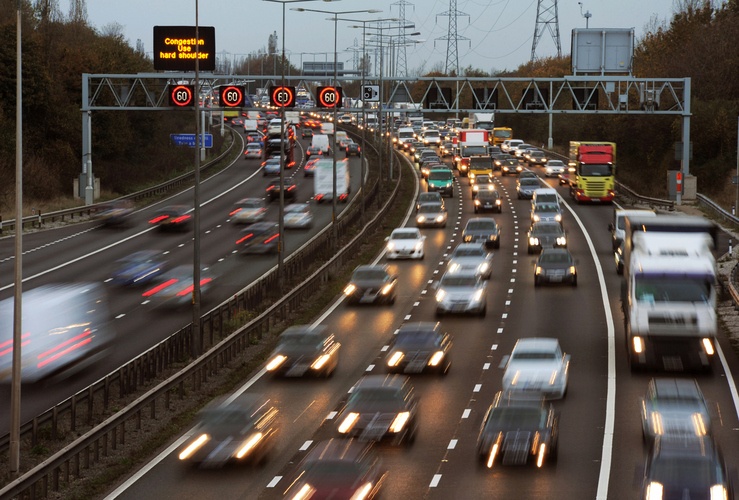The importance of safe driving cannot be overstated.
Despite Lockdown restrictions being imposed in the UK in the Spring of 2020, resulting in a decrease in traffic during this time, 1,580 road deaths were reported in the 12 months to June 2020, while there were more than 130,000 casualties.
Further data from the Department for Transport shows car occupant fatality rates per million population are particularly high for 17-24 year olds and those aged 75 and over, whilst young car drivers aged 17-24 and car passengers are especially more likely to be injured in a road accident.
Globally WHO figures suggest road accidents cause the highest number of teenage deaths, ahead of disease and self-harm, with males nearly three times more likely than females to be involved in a fatal crash.

Driving safely - younger drivers
Having passed your driving test, it might be tempting to dispense with those learner L-plates and never look back. But it's worth considering displaying a set of green P-plates after you pass. The P stands for probationary, and it signals to other road users that you may not be as fast or adept at some manoeuvres as more experienced drivers.
Pass Plus
Pass Plus is a driving course aimed at anyone who wishes to improve their driving skills, but it can be of particular benefit to younger drivers. The course comprises six modules of one hour each:
Modules cover driving…
- in town
- in all weathers
- on rural roads
- at night
- on dual carriageways
- on motorways
Many insurers offer discounts of around 10% to those who have undertaken Pass Plus. This is because statistically you are less likely to make a claim if you have completed the course. There is no final examination, but you are assessed on each module.
Your local council may be able to help with the Pass Plus fee if you are worried about the cost.
Pass Plus usually costs around £180 but can vary depending on the instructor.
Penalty points
If you receive six penalty points - such as for speeding or dangerous driving - within the 24 months following the day you pass, you will have your licence revoked. To be allowed back on the road, you would need to take both the practical and the theory test again.
Driving safely - older drivers
Have your eyes tested regularly, even if you think your vision is unchanged.
- Staying healthy and active has the added benefit of making it easy to move in the cabin - particularly when turning your head to look behind you, or when changing gear.
- Consider taking the Pass Plus course detailed above - it could help you refresh your driving knowledge and skills
Motorway driving safety tips

It can be daunting to use a motorway for the first time. But be aware that motorways are statistically very safe, since all the traffic is moving in the same direction, and you will not encounter any agricultural vehicles, cyclists or pedestrians.
As of June 2018, learners in England, Scotland and Wales have been able to take lessons on motorways.
Entering the motorway
- Once on the slip road, pick up speed so you are moving as fast as traffic in the left-hand lane.
- Use your indicator to show you intend to join the motorway - other road users will hopefully move into the middle lane to give you space.
- Stay in the left-hand lane unless you wish to overtake another vehicle.
Leaving the motorway
- When you come off the motorway, remember it's easy to forget how fast you are driving - so keep an eye on your speedometer.
General driving safety advice
What to wear
- Wear comfortable, flat shoes.
- Avoid wearing high heels or going barefoot while driving.
- Don't wear loose-fitting clothes as they can get caught on the gear stick or steering wheel.
Find further advice in our blog Dressed to drive? Footwear and clothing to avoid behind the wheel
Keep your attention on the road
- Do not multi-task.
- Do not use phones or any other electronic device
- Keep well below the speed limit; you'll have more time to react if the need arises.
Defensive driving
- Be ready for unexpected or even dangerous manoeuvres from other road users.
- Maintain a two-second gap between you and the vehicle in front.
- In wet, slippery or foggy conditions, maintain a four-second gap between you and the vehicle in front.
Plan your trip
- Make sure your mirrors and air conditioning are just right before you set off.
- Don’t just go by what Google Maps or your sat-nav says about how long it will take to complete the route: you will need to set aside extra time for rest, food and toilet breaks, as well as phone calls - and possibly
- Even if you're running late, be sure to allow yourself time for a break and to refresh - driving can be very tiring for the mind and body.
Safety in the cabin
- Make sure there are no loose, heavy items in the cabin; secure them.
- Keep things like toll cards/fees within easy reach.
- Should something fall on the floor while you’re in motion, do not pick it
- Avoid alcohol and drug use behind the wheel.
- Always wear your seatbelt.
- Ensure children remain in their seatbelts and do not play or fight in the cabin.
Signalling
Signal early so vehicles around you can slow down and can anticipate your next move in good time. Be extra careful when changing lanes, both for safety and so you don’t upset other road users.
If you have an accident
- Check if anyone in the car is injured.
- Check if other road users or pedestrians are injured.
- Stay at the scene - or you could be prosecuted or fined.
- Call 999 for emergency services. For less serious situations (g. no one is injured, no vehicles are blocking the highway) call 101.
- Provide your name and address to anyone else involved in the crash.
- Don't admit liability.
- Car accidents must be reported to the police within 24 hours or you risk a fine, penalty points or possibly disqualification.




